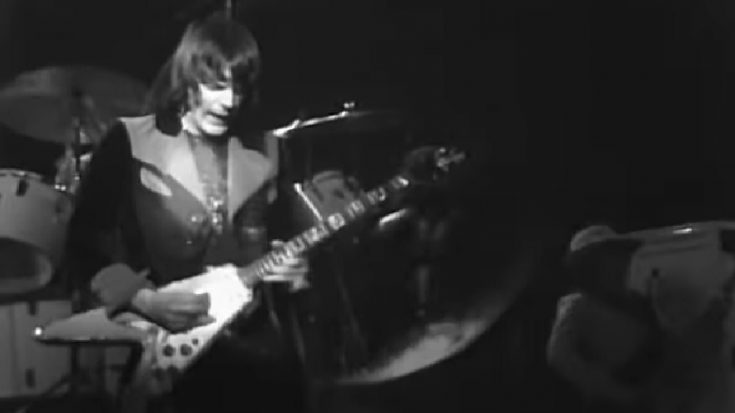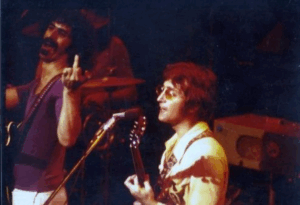The Story Behind The J. Geils Band’s Chart-Topping Reinvention With ‘Centerfold’

via Classic Rock on MV / YouTube
Many rock bands face a moment when sticking with their old sound no longer guarantees survival. For The J. Geils Band, that turning point came at the dawn of the 1980s. After years of being celebrated as a dynamic live act, they had yet to find the consistent commercial success that would secure their place in the mainstream. Something had to change.
That change came with the release of “Centerfold” in 1981. The single marked a bold departure from the group’s rhythm-and-blues-infused rock roots. With its catchy melody, polished pop production, and playful lyrics, the track captured the sound of the new decade. By early 1982, it had taken The J. Geils Band to the very top of the Billboard Hot 100.
Yet, as much as the song represented triumph, it also created tension within the band. While “Centerfold” became their defining hit, its success accelerated internal disagreements about artistic direction. That tension would soon push their charismatic frontman, Peter Wolf, to walk away.
From Bar Band to Cult Favorites
The J. Geils Band first emerged in Worcester, Massachusetts during the 1960s. Originally rooted in blues and R&B, they stood apart from many of their peers by resisting the pull of progressive rock. Instead, their music carried a swinging, swaggering energy that thrived in live settings. Their concerts became the stuff of legend, with Wolf’s boundless charisma amplifying the band’s reputation.
Despite this reputation, the band struggled to find mainstream chart success in the 1970s. Their 1974 single “Must of Got Lost” cracked the Top 20, but it was an exception rather than the rule. For much of the decade, The J. Geils Band remained more of a cult favorite than a chart-topping force.
By the late ’70s, the group faced serious financial struggles. Dropped by their original label, they found themselves at a crossroads. To survive, they realized they needed to modernize their sound and adapt to shifting trends in rock and pop.
Reinvention With “Centerfold”
The band’s first steps toward reinvention came with the 1980 album Love Stinks. It embraced elements of New Wave while retaining the group’s signature humor and energy. Songs like the title track hinted at a new direction, and the modest chart performance encouraged them to push further.
That push came to full fruition on 1981’s Freeze Frame. With keyboardist Seth Justman taking a larger role in the songwriting, the album showcased a sleeker, more radio-friendly approach. His composition “Centerfold” blended pop hooks with playful storytelling, creating a song that audiences instantly embraced.
The result was nothing short of transformative. “Centerfold” shot to No. 1, giving the band their long-awaited breakthrough. Its success was reinforced by the title track “Freeze-Frame,” which also became a hit. For a moment, The J. Geils Band finally occupied the mainstream spotlight.
View this post on Instagram
The Catch-22 of Success
But commercial success came with a cost. Peter Wolf, the band’s high-energy frontman, grew increasingly uncomfortable with the shift in sound. To him, the polished pop leanings of “Centerfold” strayed too far from the gritty R&B roots that had defined their identity. The very change that had given them their biggest hit also drove a wedge between him and his bandmates.
Wolf’s departure in 1983 left the group unable to sustain their momentum. While they continued to record and perform, they never recaptured the magic or the commercial success of their early ’80s peak. Without their iconic frontman, the band’s chemistry simply wasn’t the same.
Looking back, “Centerfold” stands as both the band’s crowning achievement and the moment that fractured them. It proved that reinvention could deliver stardom, but also highlighted the risks of straying too far from one’s original vision. For The J. Geils Band, the trade-off was lasting fame for a fleeting moment at the top.












